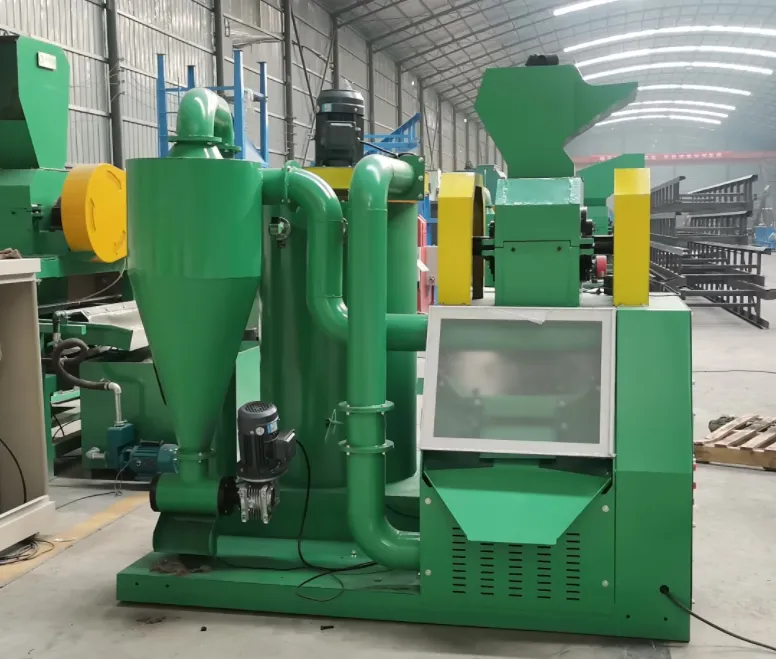
12 月 . 04, 2024 09:31 Back to list
Understanding Aluminium Eddy Current and Its Applications
Aluminium eddy current testing is a non-destructive testing method that leverages the principles of electromagnetic induction to identify defects and anomalies in aluminium materials. This technique is widely used across various industries, including aerospace, automotive, and manufacturing, due to its efficiency and reliability.
Eddy currents are loops of electrical current that are induced within conductors by a changing magnetic field. When an alternating magnetic field is applied to an aluminium object, it induces these currents, which flow in circular paths. The presence of these currents generates their own magnetic field, which interacts with the original magnetic field, leading to energy loss in the form of heat. This phenomenon can be harnessed to detect flaws or structural integrity by analyzing the response of the eddy currents.
The primary advantage of using eddy current testing for aluminium is its ability to detect surface and near-surface defects without requiring direct contact with the material. This is particularly beneficial in industries where maintaining the integrity of the material is crucial, such as in the aerospace sector, where even minute defects can compromise safety.
In the aerospace industry, eddy current testing is often employed to inspect aircraft components made from aluminium, such as fuselage skins and wing structures. Given that these components are subject to extreme stress and environmental conditions, any defects can lead to catastrophic failures. Eddy current testing allows for thorough inspections, ensuring that any flaws are detected early, thereby enhancing safety.

The automotive industry also benefits from eddy current testing, particularly in the production of lightweight aluminium components that improve fuel efficiency. As automotive manufacturers increasingly turn to aluminium to reduce vehicle weight, the need for effective inspection methods becomes vital. Eddy current testing provides a fast and reliable means to ensure that aluminium parts meet rigorous quality standards, ultimately contributing to the longevity and reliability of vehicles.
Moreover, the flexibility of eddy current testing means that it can be used for various applications beyond just defect detection. In some cases, it is employed to measure the thickness of aluminium coatings or to assess the conductivity of the material, which can give insights into its overall quality. This versatility makes eddy current testing a valuable tool for quality control processes in manufacturing.
However, the effective deployment of aluminium eddy current testing requires trained personnel with a solid understanding of the technology and its limitations. Various factors, such as material thickness, surface condition, and the presence of coatings, can influence the outcomes of eddy current tests. Thus, operators must be skilled in interpreting the data to ensure accurate assessments.
In conclusion, aluminium eddy current testing is an essential technique that supports the integrity and safety of aluminium components across many industries. By detecting defects efficiently and non-destructively, this method enables manufacturers to maintain high-quality standards and ultimately leads to more reliable and durable products. As industries continue to innovate and rely on lightweight materials, the importance of effective testing methods like aluminium eddy current will undoubtedly grow, highlighting the need for continued advancements in this testing technology.
Latest news
Unveiling the Power of Eddy Current Separator
NewsSep.25,2024
Transform Your Home Recyclin:home metal shredder
NewsSep.25,2024
The Future of Waste Management with Recycling Line Picker
NewsSep.25,2024
The Benefits of a Metal Recycling Plant
NewsSep.25,2024
Revolutionize Material Separation with Onwang Technology
NewsSep.25,2024
Innovative Waste Management: Unveiling the MSW Sorting Plant
NewsSep.25,2024